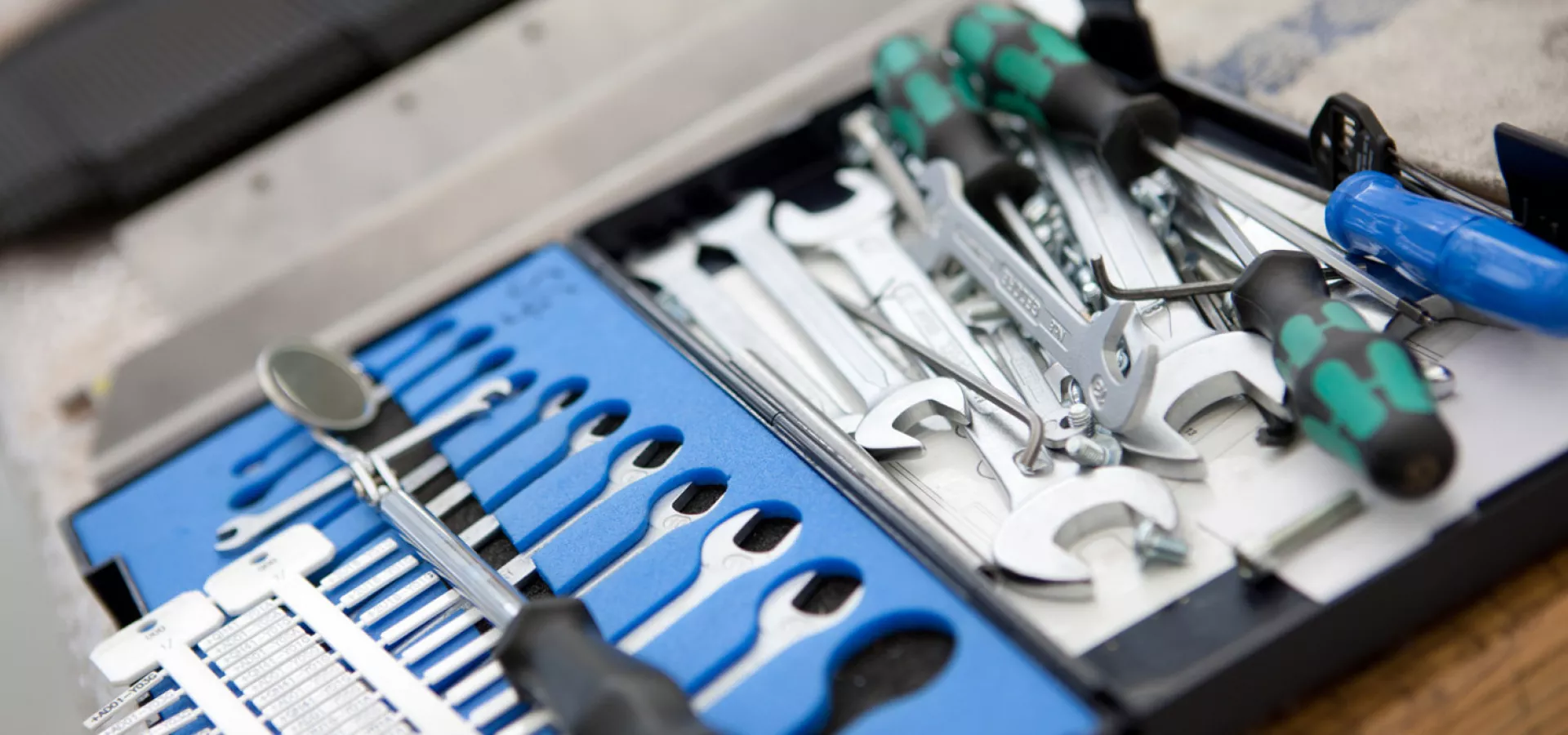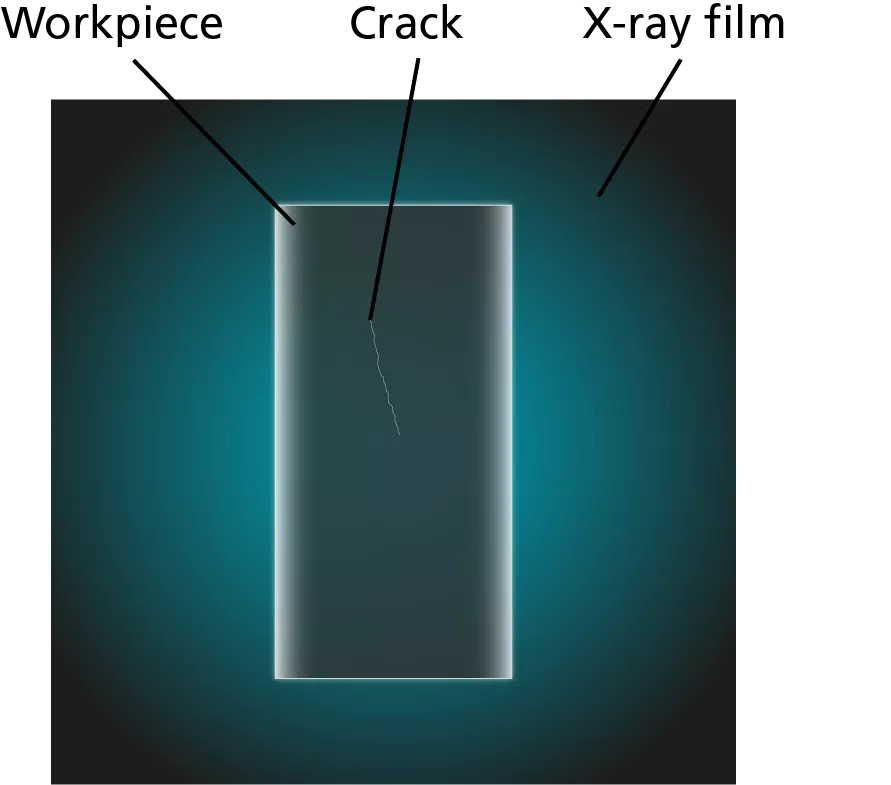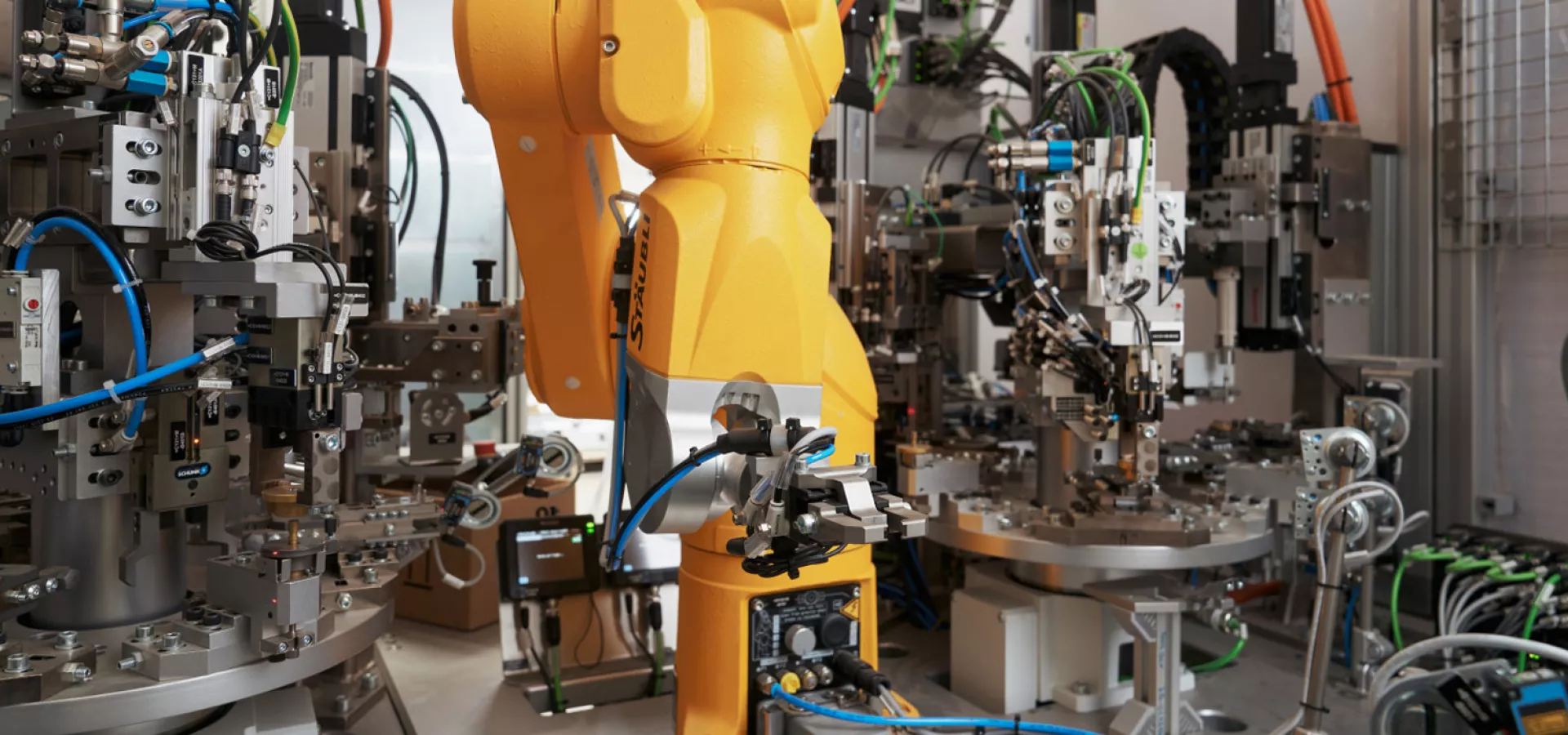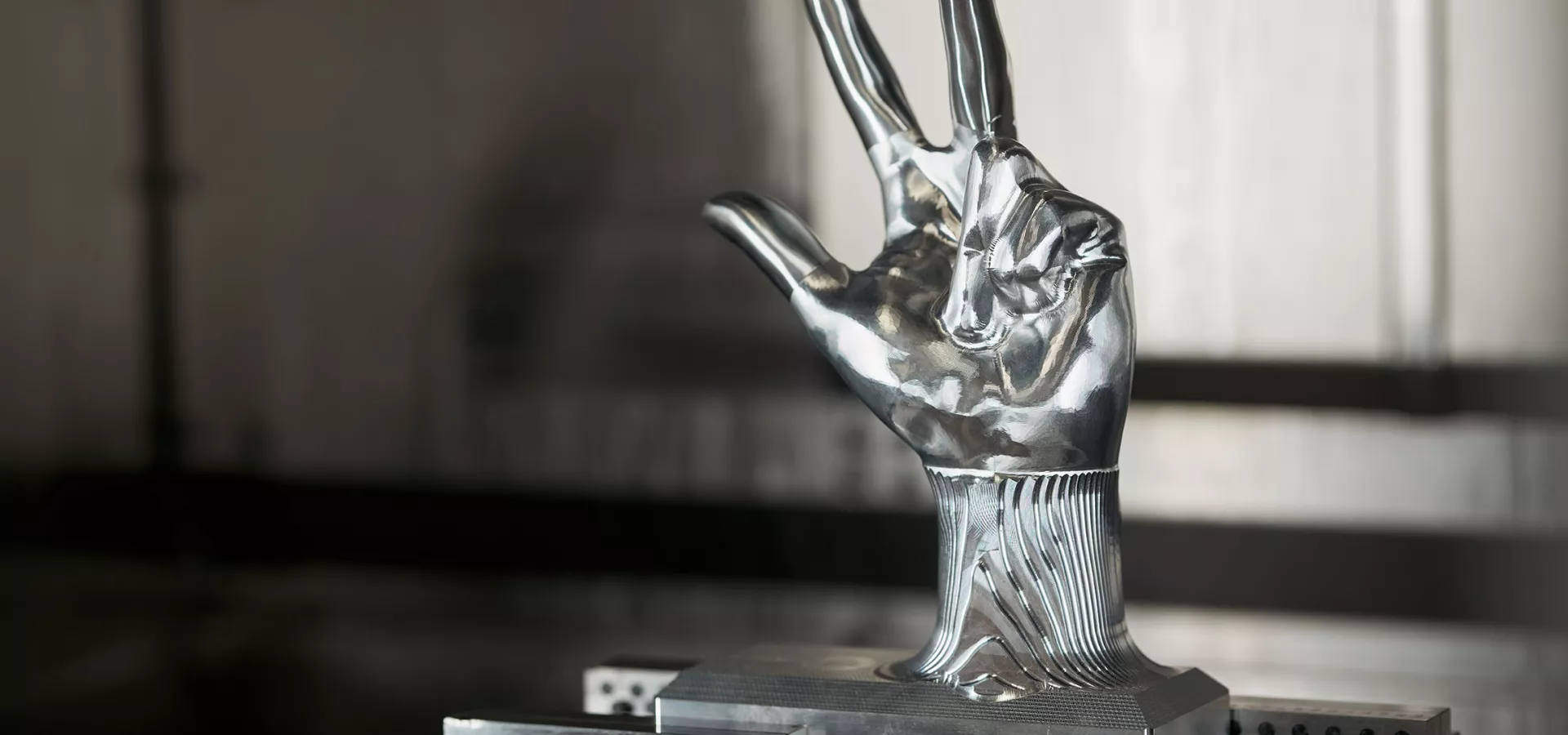
X-ray
When X-raying for the purpose of material testing, it is often also referred to as X-ray testing or radiographic testing. X-raying is considered a non-destructive material test and is used to check the quality of components. The imaging method provides information about so-called volume defects in a material or component. These can be cracks, cavities or inclusions, for example. A distinction can be made between conventional X-ray and modern digital X-ray testing.
How does the X-ray work?
X-raying in the course of a radiographic inspection is based on the same principle as medical X-raying at the doctor's office: characteristic of X-rays are small wavelengths that can penetrate matter at high frequency (energy). Put simply, the denser the matter, the more difficult it is for the rays to penetrate it. Conversely, this means that materials with a lower density can be penetrated more easily by radiation. For material testing, this is exploited as follows: The component or material to be tested is irradiated with X-rays. Behind the test specimen, in turn, there is a suitable film that intercepts the penetrating radiation. This produces a readable image with different light/dark colorations: The darker the image is colored, the more radiation was able to penetrate the test specimen at this point. Bright areas, on the other hand, indicate that only a little radiation was able to penetrate in these areas. This means that the specimen is thicker or denser at these points. In digital X-ray inspection, the results are read out with the aid of detectors and suitable software.
Where is X-ray used?
X-ray or X-ray inspection is used for materials testing in many different industries. In addition to testing the tightness and thickness of materials, it is also particularly suitable for inspecting weld seams - inclusions and the like can be clearly brought to light. Industries in which X-ray is used as a standard measuring method include the automotive industry, aviation and shipbuilding as well as mechanical engineering companies. X-ray processes are also being used more and more frequently in the food industry. Here, X-ray inspection is primarily used to detect impurities in foodstuffs before they reach the market.

Advantages and Disadvantages of X-ray
Just like other inspection methods, X-ray also brings with it various advantages and disadvantages. A major advantage of radiographic inspection is that hidden components can be inspected. The inspection immediately reveals the size and shape of the defective area, so that any rework can be carried out more quickly and directly. The other side of the coin, however, is that X-rays can only be used for materials with a limited thickness: For example, X-rays can only penetrate steel with a maximum thickness of 300 mm and light metals of up to 400 mm. In the case of copper, it is even only 50 mm. In addition, training costs are sometimes high and investments may have to be made in appropriate radiation protection.


